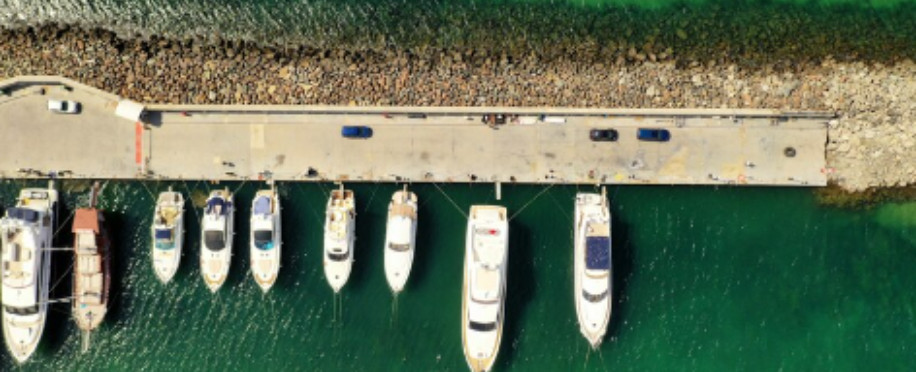Copyright © 2025 lmitac.com All Rights Reserved. Contact - Terms and Conditions - Privacy Policy - Quality Policy - Become an instructor - Vacancies - Sitemap
London Maritime Academy is a trade name for London Premier Groupversion: 2.9.0
London Maritime Academy is a trade name for London Premier Group

Posted on : 3/18/2024, 12:27:31 AM
Green ports are receiving increasing investment and attention globally due to their amazing environmental impacts.
More than that, the green ports are the leading players in sustainable development simply because better green port health means a better environment.
Today, we will share excellent information about the green port concept, sustainable port features, benefits, and issues associated with a green port with you.
Green ports are all ports and harbours that manage their operations and work solutions from an environmental and sustainability perspective.
These ports, also known as eco ports or sustainable ports, implement innovative shipping strategies, renewable energy models, and sustainable technologies to reduce the port's environmental impact and promote biodiversity.
Moreover, the green ports aim to balance their economic growth and maritime investment while guaranteeing increasing ports' environmental protection and contributing to the sustainability of the marine industry and the surrounding communities.
Thus, green ports are essential in developing quality environmental initiatives because ports are critical players in the global renewable strategy.
All the green ports share similar and standard features in their operations and strategies. Thus, we are going to share with you some of the most basic features a port should achieve to upgrade to a green port:

A green port only invests in clean energy and low—or zero-emission fuels, such as LNG (liquefied natural gas), hydrogen, or biofuels, for ships and cargo handling activities.
A green port strategy that includes reducing air pollution and greenhouse gas emissions in port operations should be achieved.
Digitalisation means using advanced technologies like IoT (Internet of Things) and automation in green port logistics and operations, leading to better efficiency, reduced energy consumption, and decreased environmental impact.
Moreover, to complete the green port transition, the port's operators must benefit from these technologies to collect and analyse real-time data and improve their decisions regarding environmental solutions and sustainable operations.
The main goal of the Green Ports initiative is to provide better operations and long-term economic growth without impacting the marine environment with carbon emissions and other negative climate impacts.
This green port solution could only be achieved by investing in eco-friendly infrastructure solutions such as renewable energy installations, sustainable landscaping, and green buildings for terminals, port state control, and others.
All of that helps the green port management use the defined clean sources efficiently and minimise the ecological footprint.
All green ports must use updated EMS to monitor, manage, and continuously improve their environmental performance.
These systems provide data and insights, which help green ports adjust their targets and working methods, track shipping operation progress, and implement more efficient strategies and measures.
Moreover, the integrated EMS is essential to mitigate environmental impacts, ensure compliance with executive regulations and authorities, and improve sustainability.
Green ports adopt comprehensive waste management practices, including waste reduction, recycling programs, and proper disposal of dangerous materials.
This green port management focuses on protecting the environment and surrounding communities with lower pollution rates, preserving energy and natural resources, and improving environmental health.
The green ports have excellent environmental benefits, but that is not all, as there are other quality advantages to check in the shipping industry, sustainability efforts, and energy usage:
Green ports are famous for their capability to reduce air and water pollution, lower habitat disruption, and conserve natural resources.
All these green initiatives, including green ports, are part of the global collaboration that addresses and encourages these direct outcomes on the health of nearby residents and workers, leading in one way or another to improve the community's general health.
Although the green ports require high initial funding, in the long term, implementing sustainable practices can lead to cost savings through reduced energy consumption, lower waste disposal services costs, and increased operational efficiency.
Following the green regulations and initiatives listed in the port management course will, by default, keep ports operating within international and local environmental laws and sustainable standards.
A green port policy that involves all environmental and sustainability aspects will help the business gain social approval among shipping companies, investors, and customers interested in environmental protection.
Green ports are a growing concept worldwide, and organisations and companies are investing more in following all the green regulations and policies.
However, as mentioned earlier, this green port development involves operational change and technological advancement. Thus, training your team should be a priority for you in establishing the best green port.